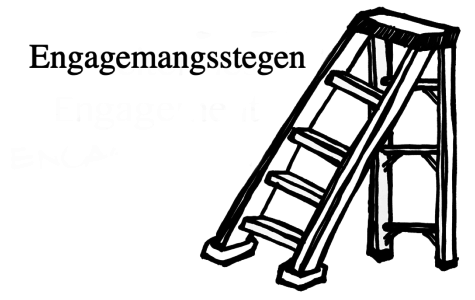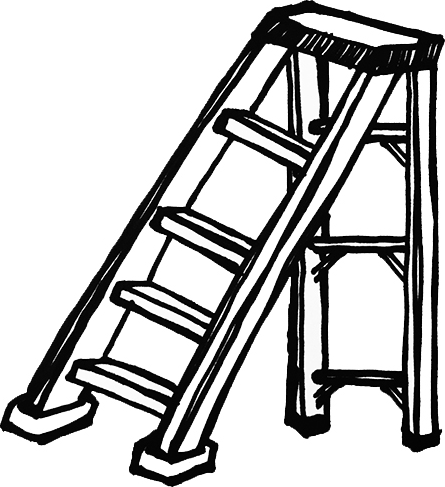A story from 350 African regional team leader Ferrial Adam provides us an example. She was part of an environmental justice organisation working with folks at the grassroots. Led largely by women, they were challenging a government policy called the “Free Basic Electricity.” That policy guarantees the government will pay for a certain amount of electricity to poorer households (currently 50KWh, about 5% of that of the average U.S. home).
This is a major issue, as the lack of access to energy often dooms whole districts to poverty. For example, those lacking electricity often rely on carbon-intensive paraffin, candles, or cutting down trees, with a host of negative environmental and health effects (for example, approximately 80,000 children are poisoned from accidentally drinking paraffin each year).
This policy was widely credited as a social justice policy, with many activists wanting to increase the amount and saying it wasn’t enough. But those who were most impacted by this policy weren’t part of the debate. So Ferrial was tasked with undertaking a research study to learn more about the actual impacts this had for households, which meant going to the poor districts in Johannesburg.
She started with where the people were. Her first step was identifying a group of women who were keen and already working on energy struggles. It was important to start by explaining the intention and need for the work. She started by getting people to monitor their use of electricity. She spent time building relationships with mostly women, who ran the household. It took many months of weekly workshops to teach people to calculate the energy consumption of different household items.
A few months later, as she finished her report, an opportunity came for another step. The national regulatory body was talking about increasing the cost of electricity through tariffs and was holding public hearings. Through the organisation, the women were asked if they would testify on their own behalf. This was a natural next step for them, and they jumped at the chance. Ferrial describes, “It was so amazing and powerful watching people go to a hearing and speak as a collective on why the government should not raise the price of electricity.”
This was a good example of developing research that could challenge policy, but was owned at a grassroots level. The women were supported through steps of engagement over the months—their gaining expertise about their own usage, education on national policy and the impacts on climate change. Each step gave them increased confidence to be able to not only testify but be strong community activists.

This concept is sometimes called the “ladder of engagement.” Some organizers make this very explicit: in their minds they’ll assign someone a number based on how involved and connected the person is to the issue on a scale from 1 to 5. Someone who is a “1,” for example, has no connection to the campaign and what’s going on, where a “5” is ready to show up to any action.
Either way, the lesson should be clear: What you ask someone to do must be related to their level of engagement. It’s helpful for each group to think about some of the pathways they have created for people to express different levels of engagement, and how to keep finding the people who are ready for more involvement.
Some groups create a list, for example:
High Engagement
Be willing to do personal sacrifice
Meet with an ally organization
Facilitate a meeting
Make a phone call
Attend a rally
Write a letter
Read pamphlet
Wear a button
Sign petition
Low Engagement
This isn’t a science and each person is different (some people have absolute terror making phone calls but would happily risk civil disobedience).
Thinking about our activists with the ladder of engagement in mind helps us think about the next step for them, and as Ferrial did, offering steps to keep increasing their level of commitment and involvement. This cultivates relationships and helps people move up the ladder of engagement, which is how you, too, will increase your group’s involvement.
For help determining what tasks you can ask others to take on, see How to Get Others Involved: Using the Menu of Tasks.
Ladder of Engagement Worksheet
- Make a list of tasks you have asked people in your group to do.
- Think of things you haven’t asked people to do. For example, what work do you do but neglect to give away? Or what are future actions that could be done?
- Order this list based on what is “more challenging” and “less challenging.” Look for tasks that might be “in between”— for example there’s a number of steps between bringing snacks to a meeting and agreeing to facilitate the next meeting.
- Consider your volunteers — what tasks have they already done? What might be next for them?
- Face any anxiety or fears you have about giving away more leadership and responsibility. Make a plan to address these.
- Give away tasks — and get more engaged, powerful leaders!
